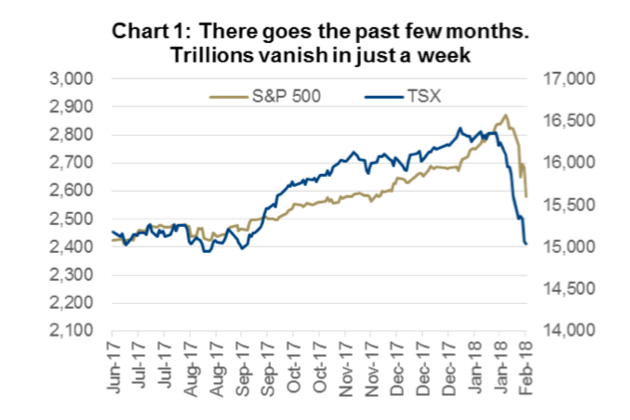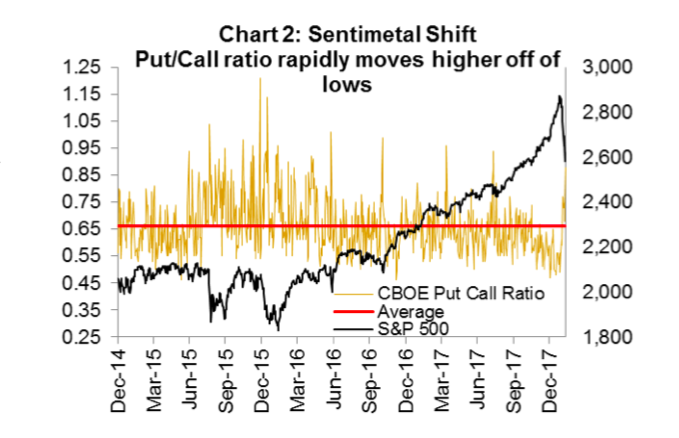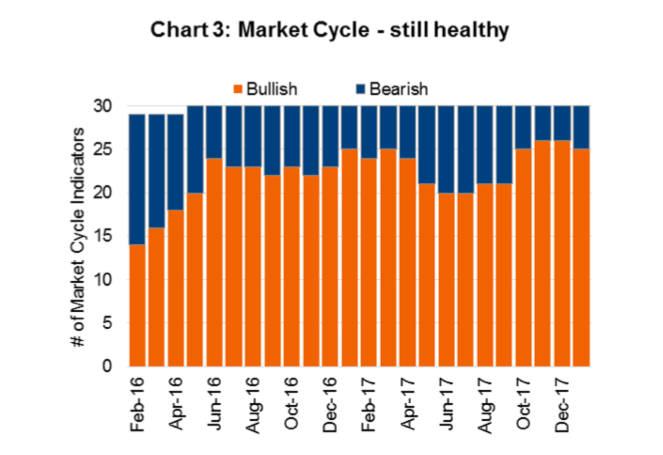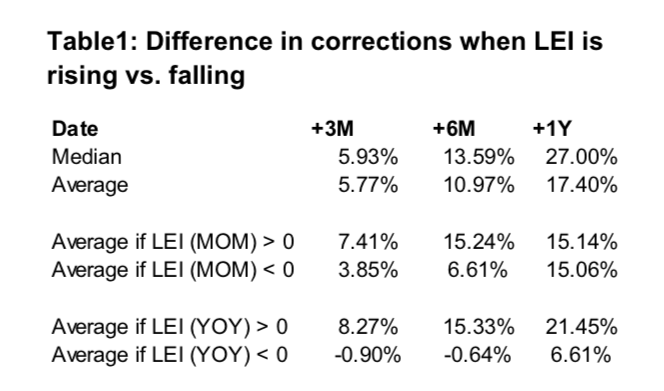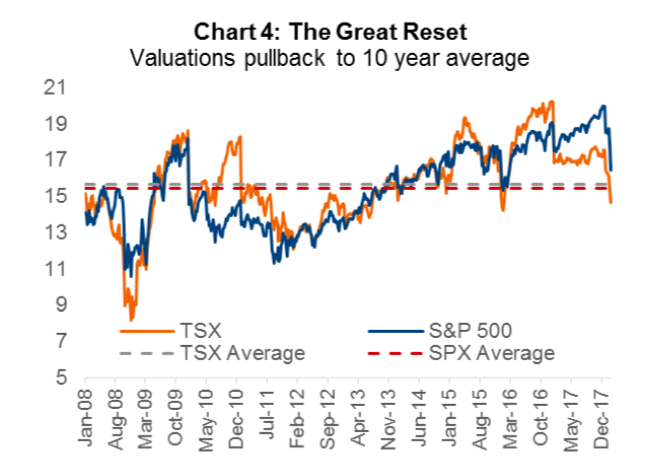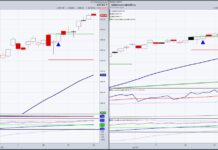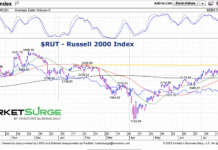Last week we wrote a piece titled “Rising Bond Yields Rattle Equity Markets.” Well, bond yields tolled alright, and equity markets found their bell rung in terms of handling rising bond yields.
The U.S. ten-year topped out twice last week at precisely 2.88%. The S&P 500 declined 5.2 percent and the SP/TSX Composite fell 5.4 percent respectively with both stock market indices falling into correction territory (10%+) from their highs in January.
Welcome to the first stock market correction in 722 days, one of the longer streaks ever without a significant pullback.
After Friday’s late day bounce equity markets closed the week just under -10% from their respective peaks quickly wiping out months of gains.
And trillions in value…
Corrections are pretty extreme risk-off events impacting not just equities but all financial markets. Volatility skyrockets impacting stocks, bonds as well as currencies. Typically, corrections are triggered by some sort of exogenous event, however despite the never ending narratives after the fact, the initial cause of this correction is not as tangible as past corrections. There is no geopolitical event or breaking news on which to place the blame.
It comes as no surprise that after the worst week for U.S. equity markets since January 2016, investors are panicking, trying to understand what is going on. The S&P 500 lost $2.25 trillion in market cap since its peak on January 26th. This has caused a tectonic shift in investor sentiment; the AAII U.S. Investor Sentiment reading has moved from near euphoria readings in January to a reading decidedly less so. Complacency was prevalent in the markets in January, and why shouldn’t it have been? The put/call ratio (Chart 2 below) reached multi-year lows in January a sign that investors were not concerned with portfolio insurance. Volatility was low and markets were rising at an ever increasing pace. Things seemed so good until they didn’t.
TECHNICAL NOT FUNDAMENTAL
The damage has been done, and markets will move as they will in the short-term, but we will note that the ingredients are still in place to remain constructive for the markets. Unlike many previous corrections, the economic backdrop remains strong. Our market cycle clock still has 25/30 indicators in positive territory (Chart 3), we typically do not get worried about a recession looming until that number falls below 15.
The more commonly used LEI (Conference Board U.S. Leading Index Ten Economic Indicators) is also trending higher and has been since the middle of last year. In our study of previous corrections we compared subsequent performance of market corrections from 1988 depending on whether the LEI was positive or negative. The results can be found in Table 1. What we see is that the near term performance, both three and six month numbers are substantially more positive when we have a rising LEI.
With economic conditions still positive, this leads us to believe that this correction is largely technical rather than fundamental. As much as it goes against your gut feelings, when the consensus is too far in one direction it typically pays off to bet against the herd and buy the dip or fade the rally. In our gut we all know this is what we should be doing, but why is it so hard? In behavioral finance the concept of Prospect Theory is a well-known principle. Losses on average feel over twice as bad as the equivalent gain feels positive. Let’s circle back to the ‘day’s lost’ line in the opening table. U.S. markets are just back to where they were in November, yet the pain felt last week was over double the pleasure felt from watching our investments grow over the past few months.
This equity market pull-back appears similar to a clearing storm in a forest, it can seem devastating at the time but flushes out the excesses and can make room for healthier growth. Excessive overgrowth has been cleared and valuations have normalized back to more rational levels. In Chart 4 you can see that valuations for both the TSX and the S&P 500 are back near their respective 10- year averages. The TSX is actually now under its average. A great buying opportunity.
continue reading on the next page…

